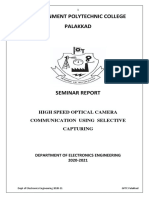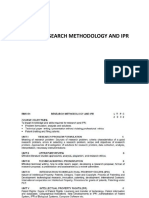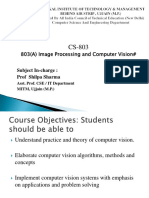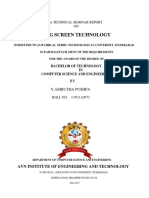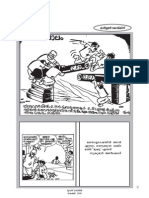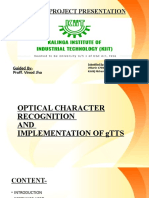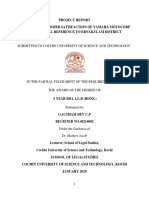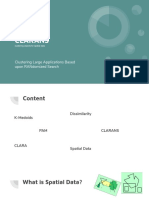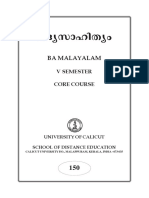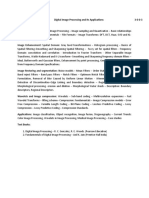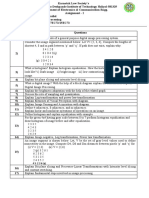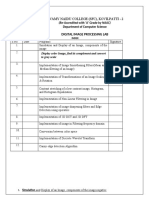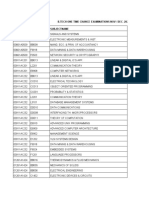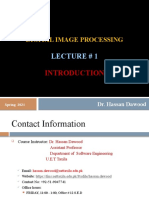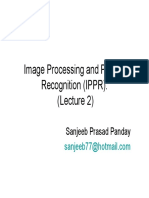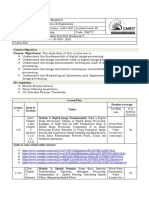0% found this document useful (0 votes)
25 views89 pagesModule 1 Introduction
The document provides an overview of digital image processing, including its fundamental concepts, types of processing, and applications across various fields such as medicine and astronomy. It discusses the components of an image processing system, the steps involved in processing images, and the significance of pixels in digital images. Additionally, it covers the history and evolution of image processing technology and its various methodologies, including image acquisition, enhancement, and segmentation.
Uploaded by
resmi.ngCopyright
© © All Rights Reserved
We take content rights seriously. If you suspect this is your content, claim it here.
Available Formats
Download as PPT, PDF, TXT or read online on Scribd
0% found this document useful (0 votes)
25 views89 pagesModule 1 Introduction
The document provides an overview of digital image processing, including its fundamental concepts, types of processing, and applications across various fields such as medicine and astronomy. It discusses the components of an image processing system, the steps involved in processing images, and the significance of pixels in digital images. Additionally, it covers the history and evolution of image processing technology and its various methodologies, including image acquisition, enhancement, and segmentation.
Uploaded by
resmi.ngCopyright
© © All Rights Reserved
We take content rights seriously. If you suspect this is your content, claim it here.
Available Formats
Download as PPT, PDF, TXT or read online on Scribd
/ 89




